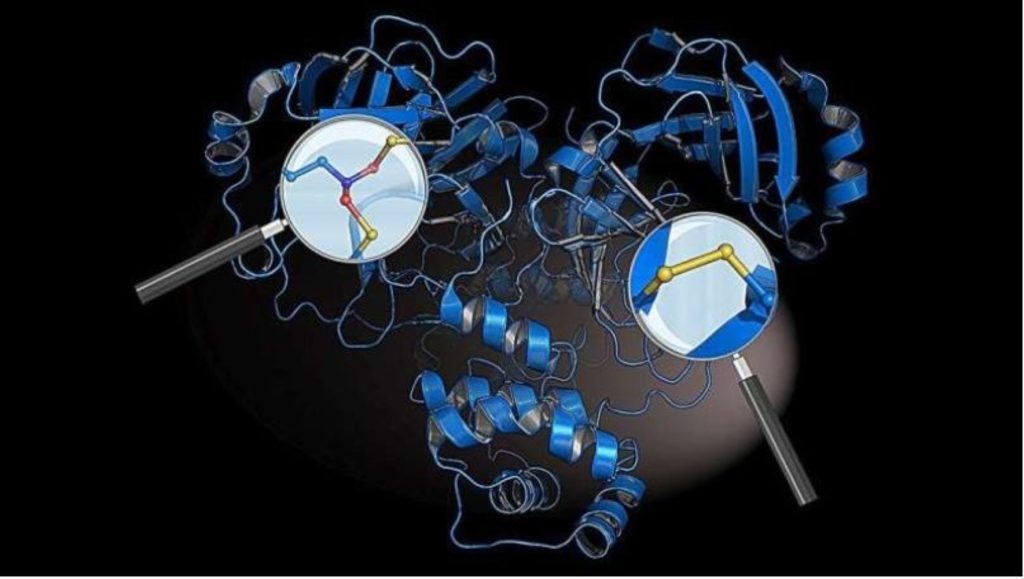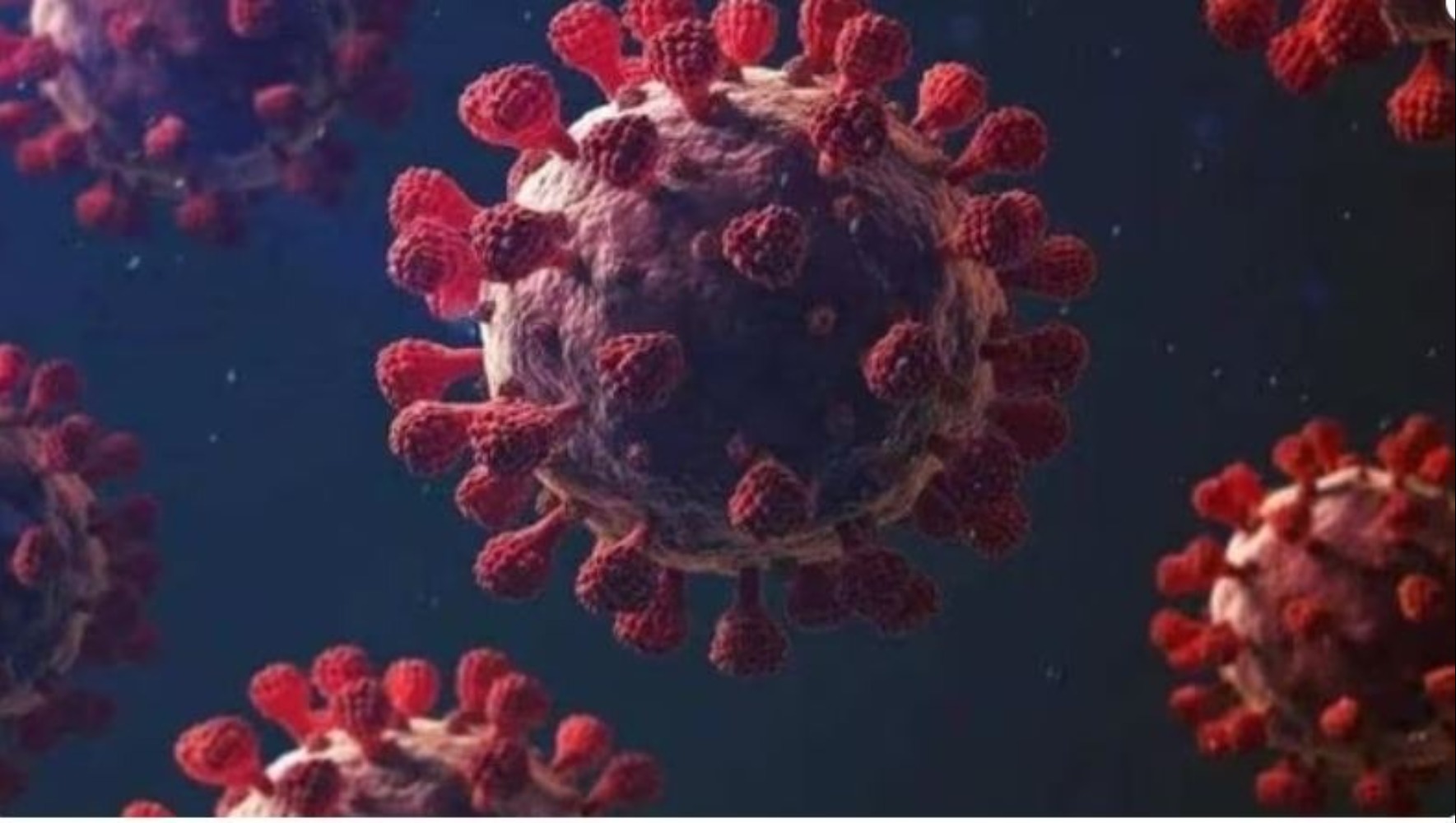With the chemical blueprint in hand, the team further set about searching for molecules that can bind precisely to the “protective switches.”

A team of German researchers has discovered various “protective switches” in the coronavirus that shield it from attacks by the immune system. The humoral response to SARS-CoV-2 infection has been the focus of intense research, and the role of the innate immune system has received significantly less attention. To subscribe please click tau.id/2iy6f and access our live channel.
An ancient conflict between hosts and pathogens has driven the innate and adaptive arms of immunity. Knowledge about this interplay can not only help us identify biological mechanisms but also reveal pathogen vulnerabilities that can be leveraged therapeutically.
DON’T MISS: ‘Bengali Baba’ arrested for scam
The researchers identified two previously unknown chemical protective switches in the virus’ main “protease”, a crucial protein of the coronavirus. The most important drug against Covid-19, called Paxlovid, targets this protein.
The virus uses its main protease to cut out the other virus proteins in our infected cells, thus driving its own replication. It uses the amino acid cysteine to do this. The protein is stabilised by one cysteine forming a disulfide with an adjacent cysteine via two sulphur atoms.
Professor Kai Tittmann, Molecular Enzymology Research Group at Gottingen University, explained, “From a chemical point of view, this could be an Achilles heel for the coronavirus, as cysteines can be destroyed by highly reactive oxygen radicals, which our immune system uses to fight viruses.”
This prevents the cysteine from being destroyed. At the same time, a bridge known as SONOS connects three parts of the protein between sulphur atoms, oxygen atoms, and a nitrogen atom. This prevents radicals from damaging its three-dimensional structure.




